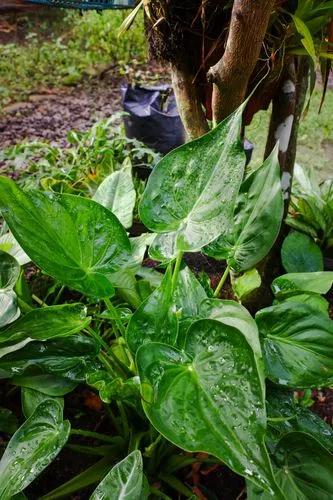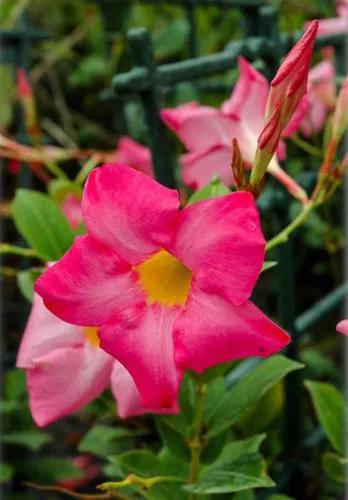Colorful and distinct, this plant will bring a splash of color and extravagance to your collection with its beautiful bright red berries clusters. But try them at your own risk.
Cordyline petiolaris Care
Cordyline petiolaris



Native to Australia, this evergreen shrub can grow up to 16 feet (5 m) tall and is sought after due to its ornamental value. It has big elliptical glossy deep green leaves, long stems, and white to lilac sweetly scented flowers that grow in clusters. It flourished from late winter to spring.
The main attraction of this plant and what allows for easy identification are its many bright red berry fruits that also grow in grape-like clusters and can stay on the plant for many months. These fruits are considered edible, but botanists advise caution and moderation. This plant is hardy and great for beginners.
How to Care for the Plant

Water

Cordyline petiolaris should be watered when the first layer of soil appears dry.

Pruning

Old leaves will naturally drop, so prune to maintain size and remove the dead flower stems.

Fertilizer

Feeding is not required in fertile soils. In other cases, do it once a month during the growing season.

Sunlight

Broad-Leaved Palm Lily enjoys light, preferably partial shade, but direct sunlight as well, if not too strong. Adequate sun means brighter leaves and higher chances of blooming.

Soil

Ideally, the soil should be rich, slightly acidic, and well-drained, with the ability to retain moisture.

Propagation

It can be propagated by seed or stem cutting, although it’s hard to propagate.

Temperature

This plant is not frost tolerant but can survive down to 41 ºF (5 ºC). Ideally, temperatures should be above 60 ºF (16 ºC), and air drafts and sudden temperature changes should be avoided.

Container

Choose tall and deep vases with drainage holes so the high volume of roots has enough space. Change the container every two years or accordingly to plant growth.

Fun fact

In some areas like Papua New Guinea, it is used in traditional practices, such as creating borders to mark sacred areas.

Popularity

52 people already have this plant 8 people have added this plant to their wishlists
Discover more plants with the list below
Popular articles






